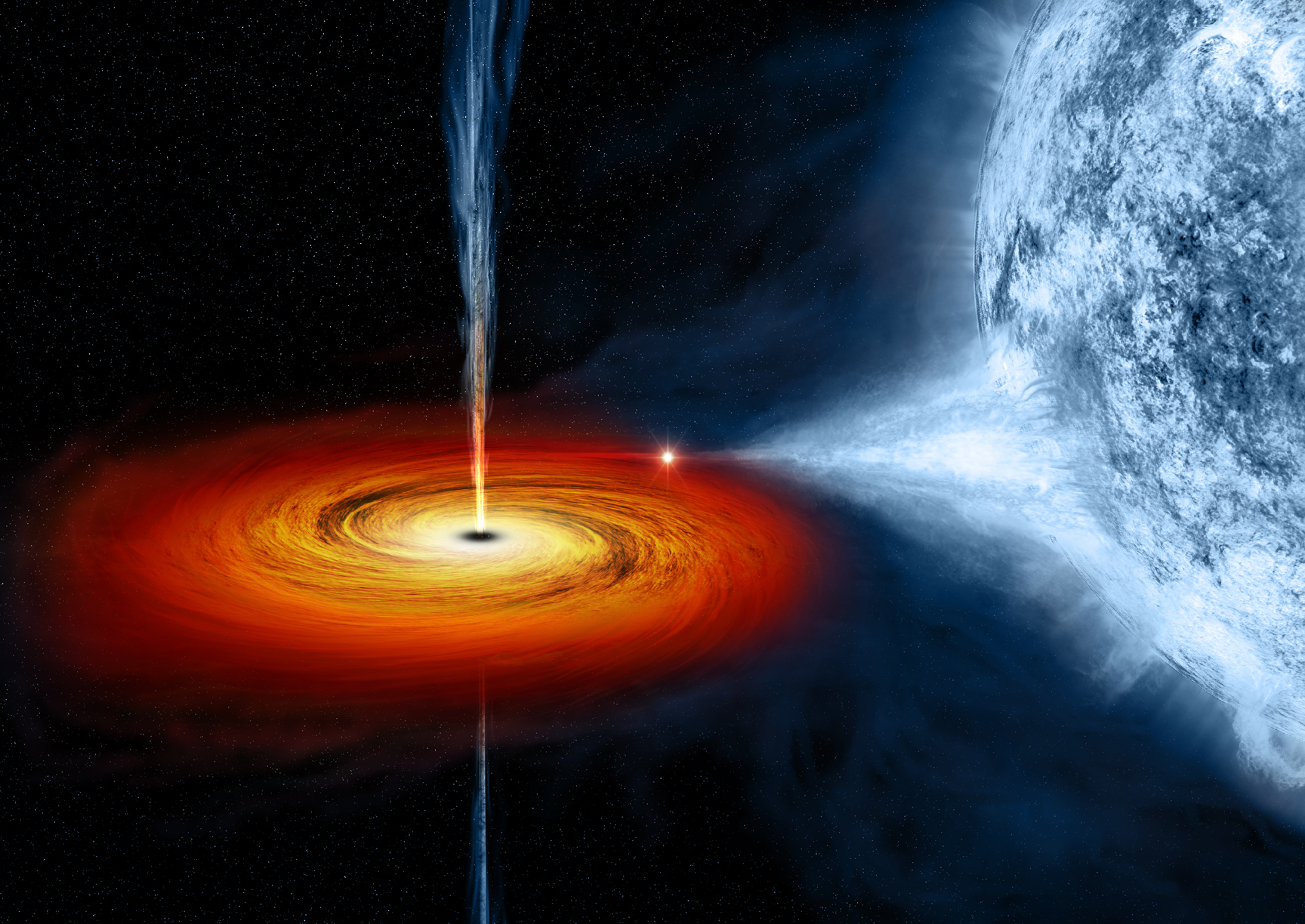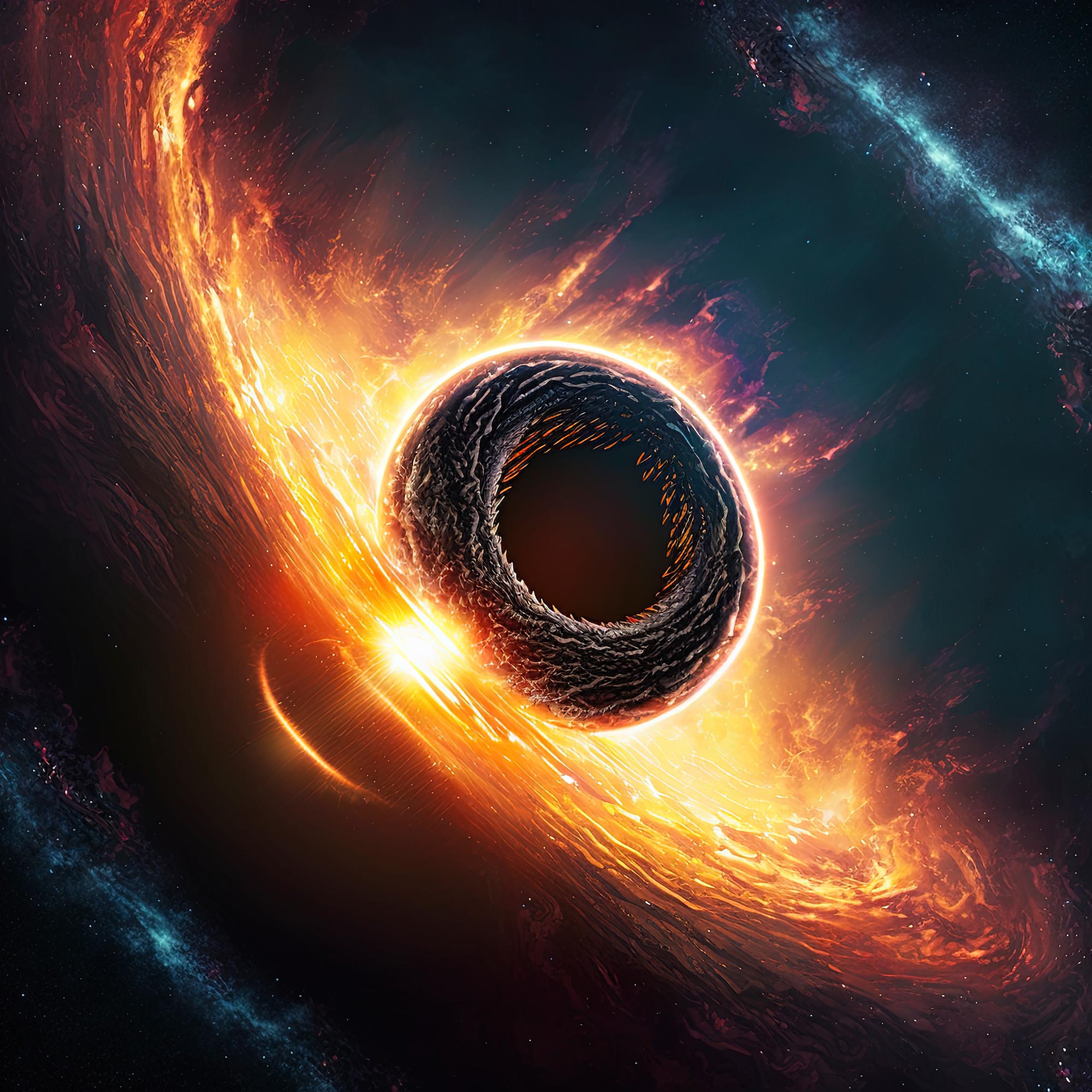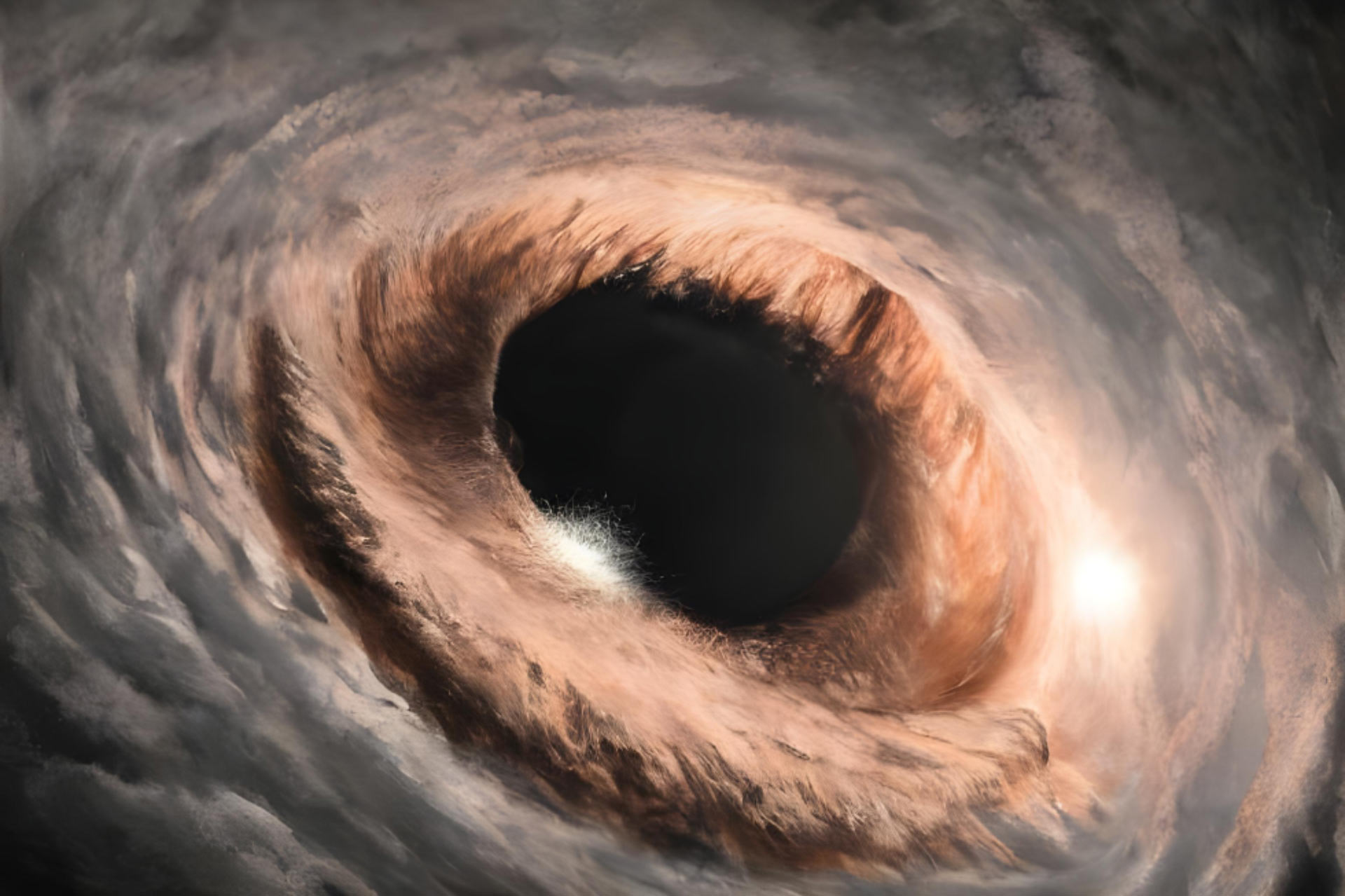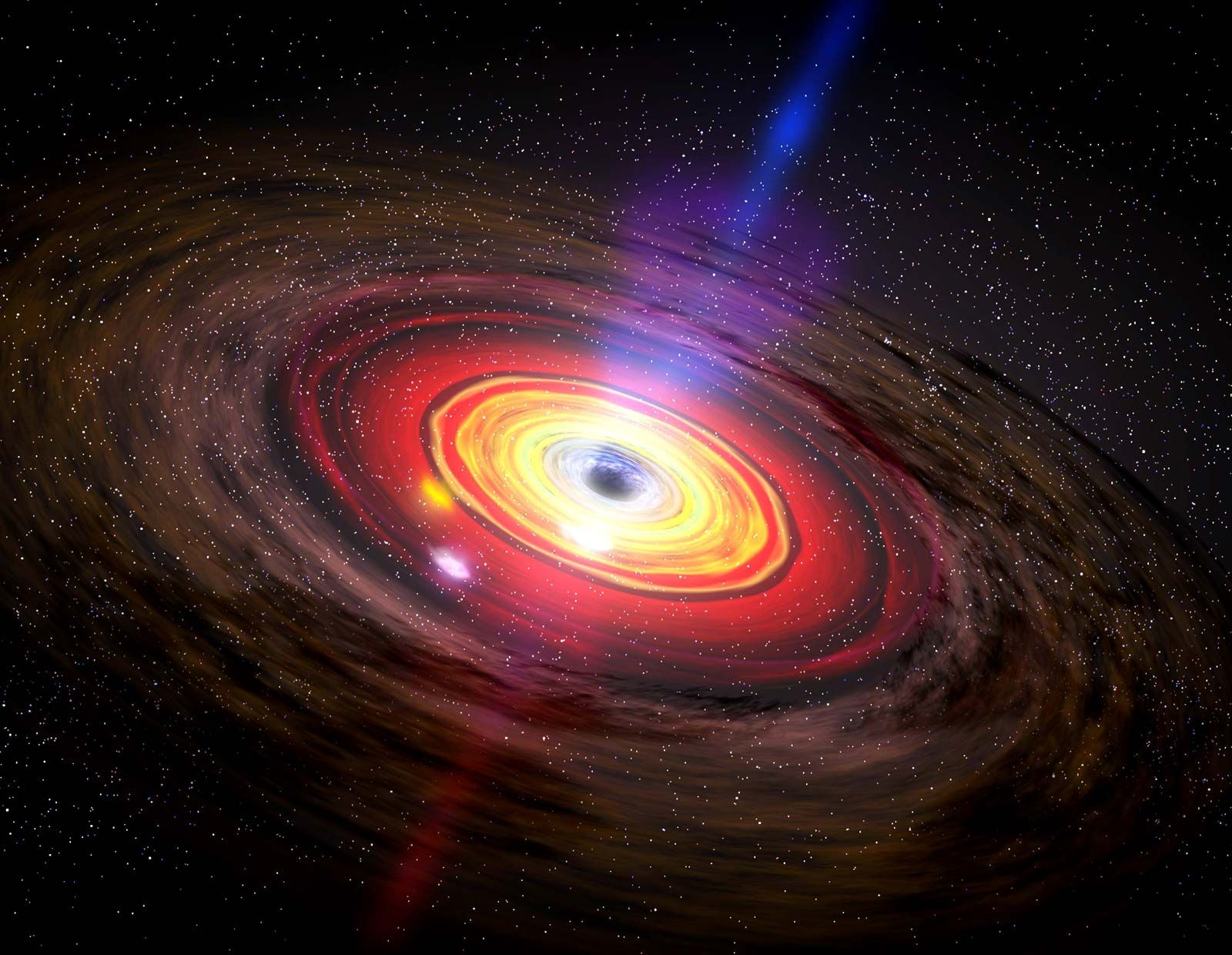Why can black holes warp space-time?
- Tram Ho
Between 1907 and 1911, Einstein worked on general relativity (a non-inertial frame of reference). He published a paper titled “On the Effect of Gravity on the Transmission of Light” in 1911. Predicting that time is relative, and relative to the observer in relation to the gravitational field of It.
He also proposed the equivalent theory that gravitational mass is the same as inertial mass. Einstein also predicted gravitational time dilation.
Gravity causes space-time distortion. Two events in different regions will have different timings. The larger the distortion rate, the slower the passage of time.
Another important result of his theory was the prediction of the existence of black holes and the expansion of the universe.

In 1915, a few months after Einstein published his theory of general relativity, German physicist and astronomer Karl Schwarzschild provided a solution to Einstein’s field equations. Now known as the Schwarzschild radius, it describes the escape velocity of matter at the surface of a solid spherical object equal to the speed of light.

In 1931, Indian-American astrophysicist Subrahmanyan Chandrasekhar used special relativity to calculate the mass critical value for the collapse of spinless electron degenerate matter.
In 1939, Robert Oppenheimer and others agreed with Chandrasekhar’s analysis that neutron stars passed a critical value and collapsed into black holes.
General relativity predicts that the universe is expanding or contracting. In 1929, Edwin Hubble confirmed that the universe is expanding. At the time, this seemed to disprove Einstein’s theory of the cosmological constant.
The cosmological constant is to ensure that the universe is static. In response, Edwin Hubble used redshift measurements to detect that galaxies were moving away from the Milky Way.
In addition, he discovered that galaxies farther away from Earth recede faster, a phenomenon later known as Hubble’s Law. Hubble sets the Hubble constant (expansion factor) at 500 km/(s.Mpc).

According to general relativity, the gravitational field will bend space-time
For a fixed mass, the larger the size of the star, the lower the density. When the volume of the star is very large, its gravitational field has almost no effect on space-time, and light emitted from a certain point on the star’s surface can be emitted in a straight line in any direction. any. However, given that mass, the smaller the radius of the star, the more it will bend the surrounding space-time, the light emitted at certain angles will return to the surface of the star along the curved space. Like super dense neutron stars can achieve a time dilation coefficient of 10-20%.
When the radius of the star is small to a certain value (known in astronomy as the “Schwarzschild radius”), even the light emitted from the vertical surface is captured, at which point the star will become a black hole. That is, it is like a bottomless hole in the universe, once any matter falls into it, it cannot escape.
Black holes cannot be directly observed, but their existence and mass can be known indirectly, and their effects on other things can be observed.
Information about the existence of a black hole can be obtained through “edge information” that emits X-rays and gamma rays due to friction caused by the acceleration brought about by the black hole’s gravity before the object is absorbed. enter.
It has been speculated that the existence of a black hole can also be obtained by indirectly observing the orbits of stars or interstellar clouds, and the position and mass can also be obtained. its quantity.

So, how are black holes formed? In fact, like white dwarfs and neutron stars, black holes likely evolved from stars.
As a star ages, its fusion has exhausted the fuel (hydrogen) in the center and the energy generated by the center is also depleted, this way it no longer has enough energy to support its weight. giant of the outer shell.
So, under the weight of the outer shell, the core begins to collapse until a small, dense star is formed that is able to re-equilibrate the pressure.
This nascent star mainly evolves into white dwarfs, however for particularly massive stars it can form neutron stars.
According to the calculations of scientists, the total mass of a neutron star cannot be more than three times the mass of the Sun, if this value is exceeded, then there will be no Force that can compete with its own gravity, thereby causing another major crash.
At this point, according to the scientists’ conjecture, matter will move toward the center until it becomes a “point” whose volume tends to zero and density tends to infinity. Accordingly, the huge gravity will now prevent even light from emitting outside, so it will cut off all contact between the star and the outside world, this is also the time when the black hole was born.

Compared to other celestial bodies, black holes are very special, for example, black holes have the ability to “stealth”, humans cannot directly observe it, even scientists can only make many simulations. different guesses about its internal structure.
We all know light travels in straight lines. This is the most basic common sense. But according to general relativity, space will be curved under the influence of a gravitational field.
Now, although light still travels along the shortest distance between any two points, it is no longer a straight line but a curve. Vividly speaking, it seems that light originally wanted to travel in a straight line, but strong gravity changed its path.
On Earth, because the effect of the gravitational field is very small, this kind of bending is negligible, but around the black hole, the distortion of space-time is very large. In this way, although some of the light emitted by the star that is intercepted by the black hole will fall into a state where it disappears into the black hole, another part of the light will travel around the black hole in curved space and arrive at the black hole. Earth.
Therefore, we can easily observe the starry sky behind the black hole, as if the black hole did not exist, this is the invisibility of the black hole… (For example, the surrounding accretion disk The gravity of a black hole is often used to determine the size of a black hole).
Source : Genk
